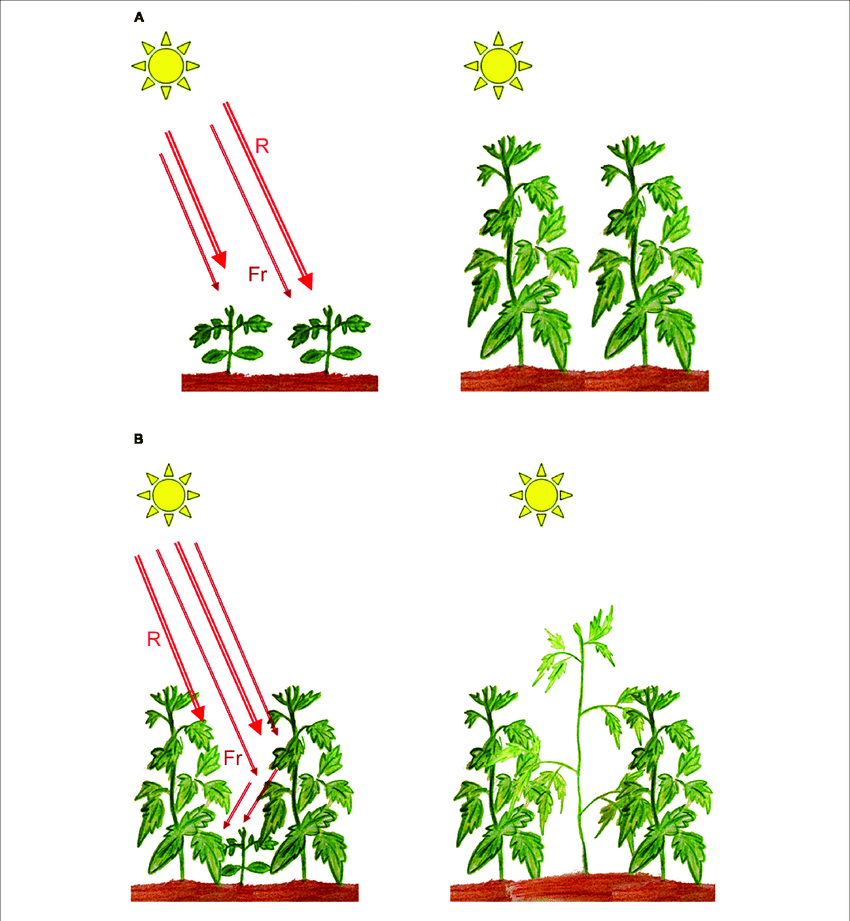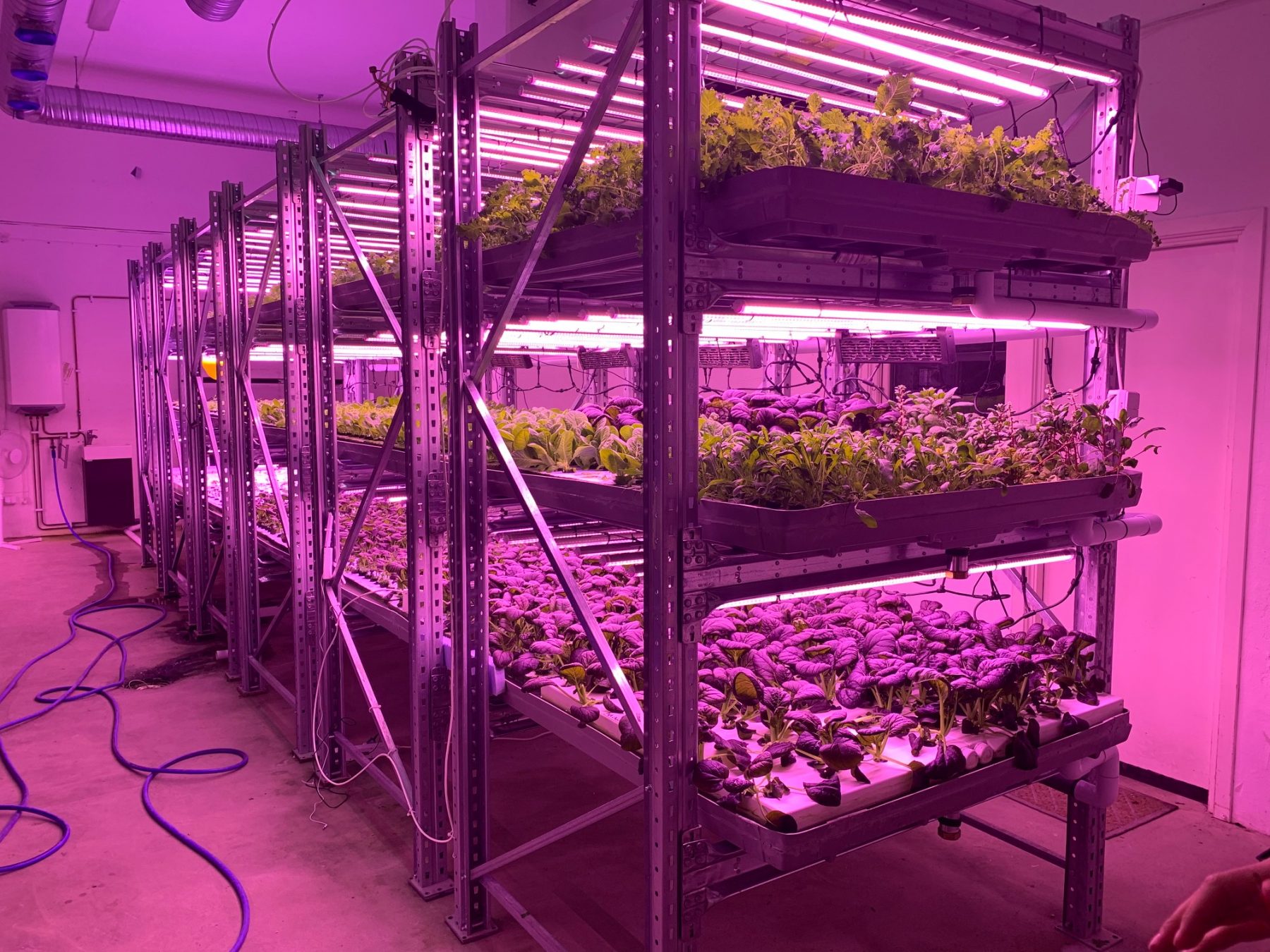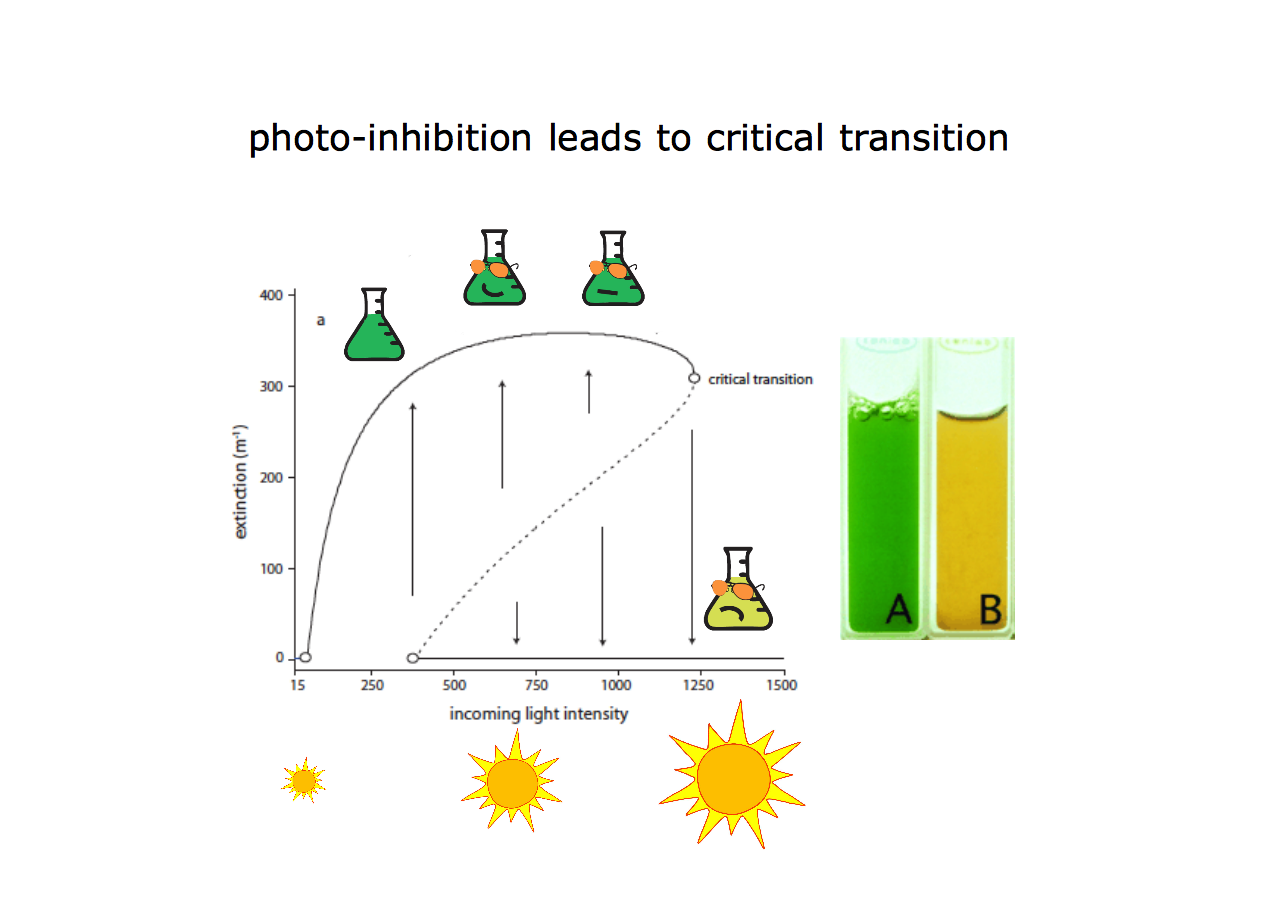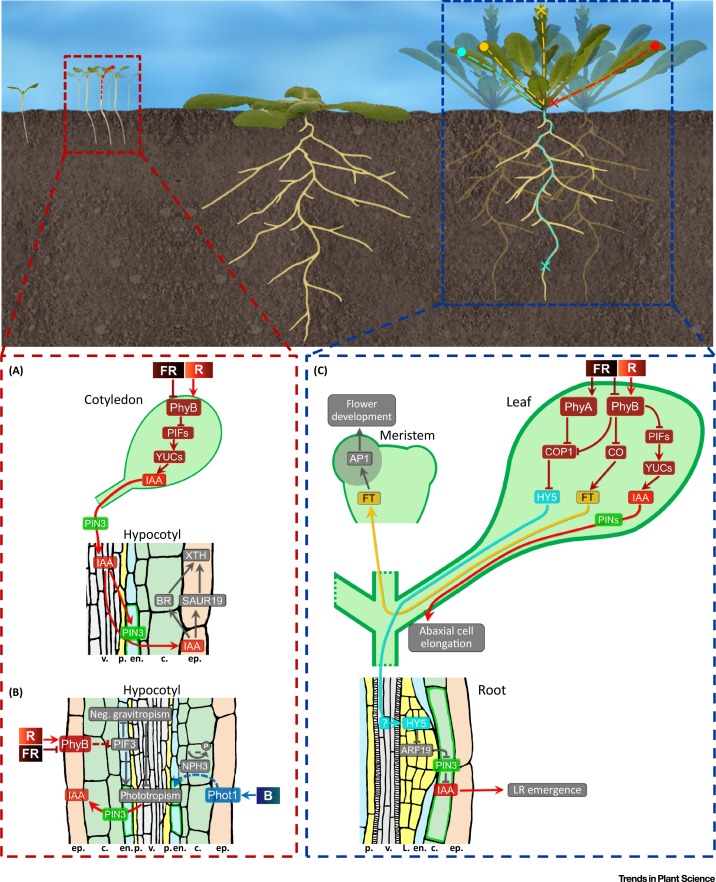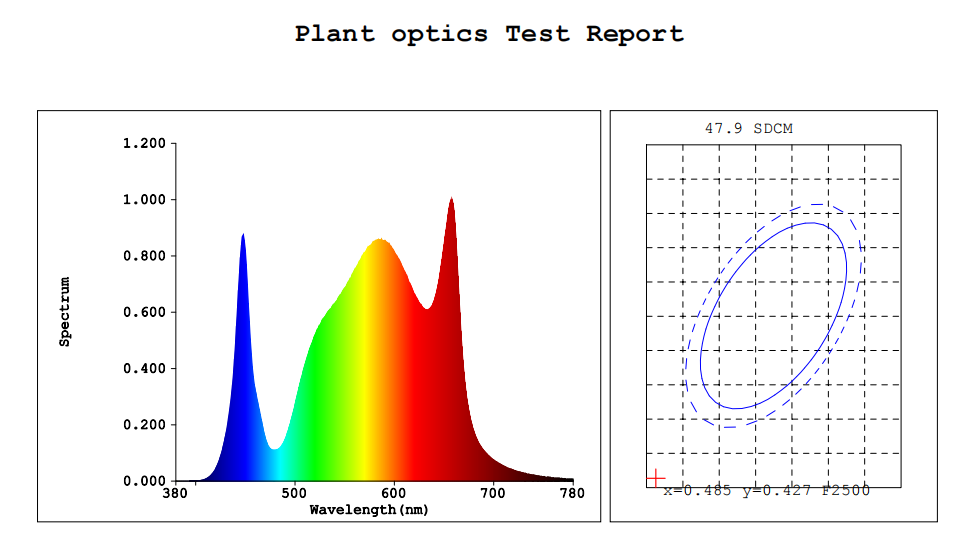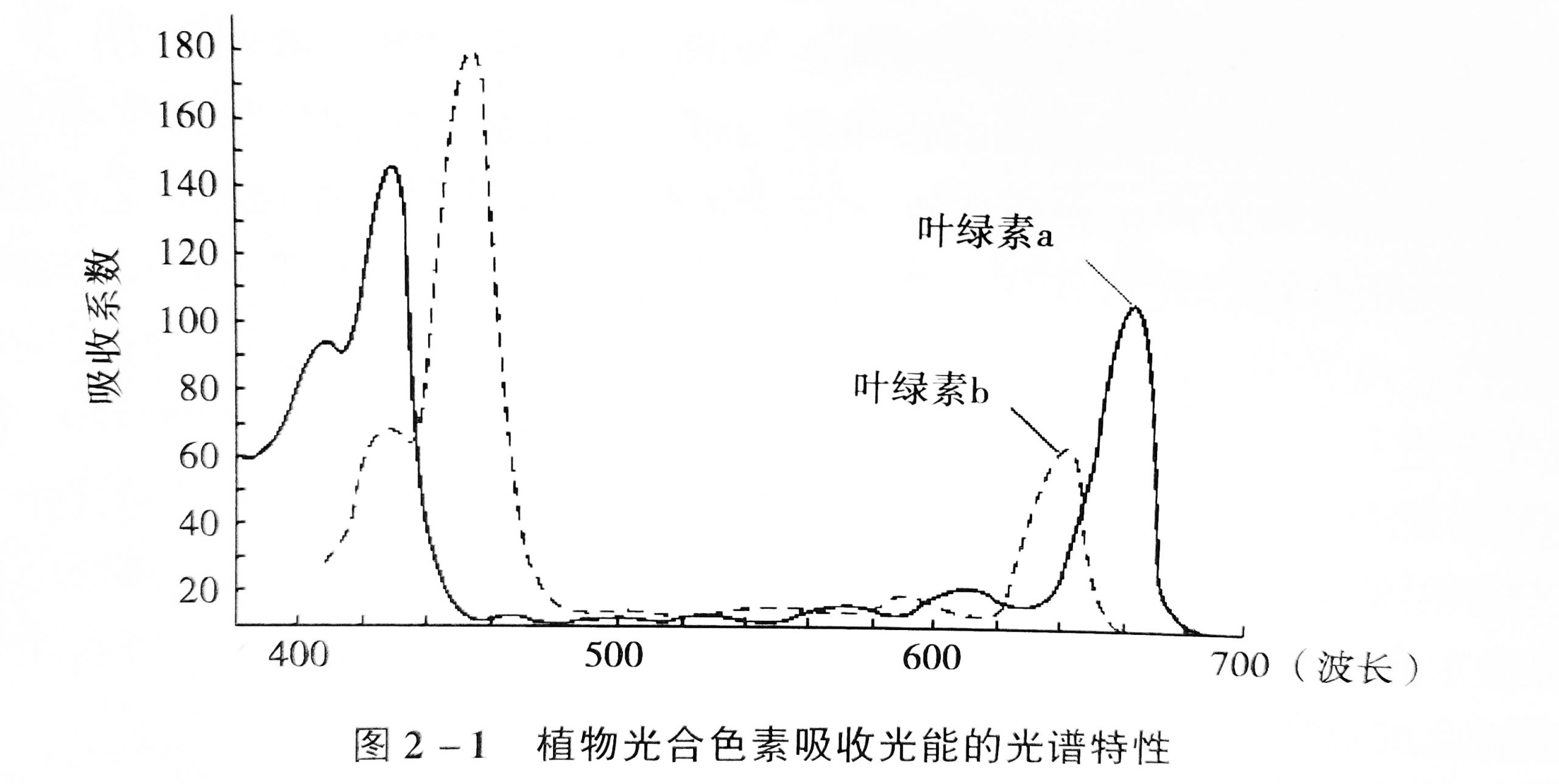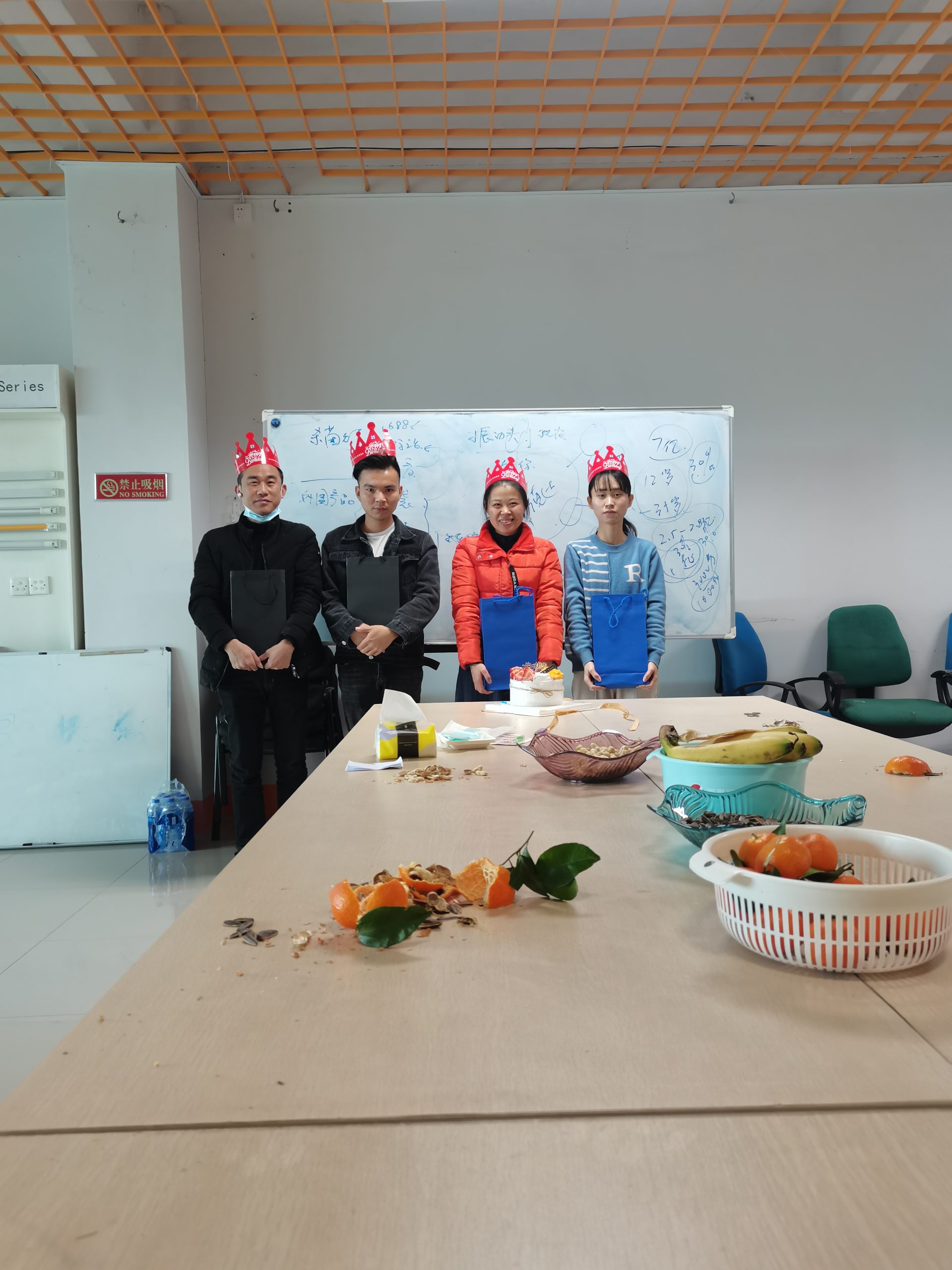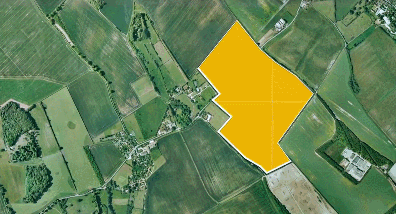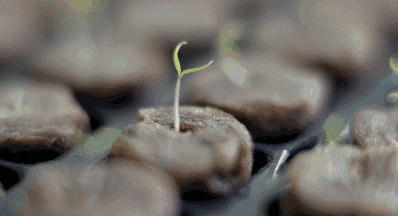avoidance reaction The mechanism of how crops respond to changes in light signals in the surrounding environment has always been one of the hotspots of international botany research. The plant shade avoidance response refers to the interaction of various forms of light signal receptors in cells, which causes stem elongation after sensing that the plant …
More-
Typical state of plant photosynthesis(四)
-
Typical state of plant photosynthesis(三)
Continuous lighting Continuous illumination refers to a photoperiod management method that uses artificial light sources under the condition that the illumination intensity and light quality are determined, and the illumination time exceeds 24 hours. Continuous light can increase the growth of Arabidopsis, lettuce, several types of potatoes, rosettes (Velez-Ramirez et al., 2011). However, continuous light …
More -
Typical state of plant photosynthesis(二)
photoinhibition Photoinhibition occurs when light energy exceeds the demand for photosynthesis. The basic feature of photoinhibition is the reduction of photosynthetic efficiency (quantum efficiency of photosynthetic carbon assimilation and photochemical efficiency of photosystem II). According to the difference in the recovery speed of photosynthetic efficiency after the removal of photoinhibitory conditions, it can be divided …
More -
Typical state of plant photosynthesis(一)
photoresponse When the photosynthetic apparatus (leaves, mesophyll cells, protoplasts or chloroplasts) is transferred from darkness to light, or from weak light to strong light, their photosynthetic rate goes through a long or short step-up process After that, a stable high level, the steady state level, is reached, a phenomenon known as the light-induced phenomenon of …
More -
Photosynthesis process
Photosynthesis occurs on the inner thylakoid membrane in the chloroplast of plants. Photosystem I and photosystem II are embedded in the thylakoid membrane, which is called the photosynthesis unit. It is composed of light-harvesting pigments composed of 200-300 antenna pigments. It is composed of body (absorbing light energy) and reaction center (consisting of 1 chlorophyll …
More -
The concept of plant photosynthesis
Photosynthesis refers to the process in which plant cells and bacteria containing photosynthetic pigments absorb light energy, assimilate inorganic matter into organic matter and release oxygen. The significance of photosynthesis is: ① convert inorganic matter into organic matter; ② convert light energy into chemical energy; ③ maintain the balance of oxygen and carbon dioxide concentrations …
More -
Caring for employees, weaving happiness
Birthday is a memorable day for everyone, how can we skip it quietly, we will all remember the special day that belongs to you. WINLIGHT company holds birthday parties for employees every month, and the employee birthday party in January is coming as scheduled! The birthday party is held so that employees can feel the …
More -
Agricultural big data
At present, the agricultural industry is in a stage of transition from small-scale farmers to large-scale, mechanized, and intensive operations, which provides a huge space for the application of agricultural big data. Agricultural big data focuses on agricultural fields covering sub-industries such as planting, forestry, and animal husbandry, involving feed production, fertilizer production, agricultural machinery …
More -
plant psychology
In 1966, an intelligence expert named Baxter imaginatively tied a polygraph to the leaves of an Arranthus when he was watering the garden flowers and plants, and wanted to test how fast the water rose from the roots to the leaves. . Later, he was surprised to find that the polygraph showed that the curve …
More

